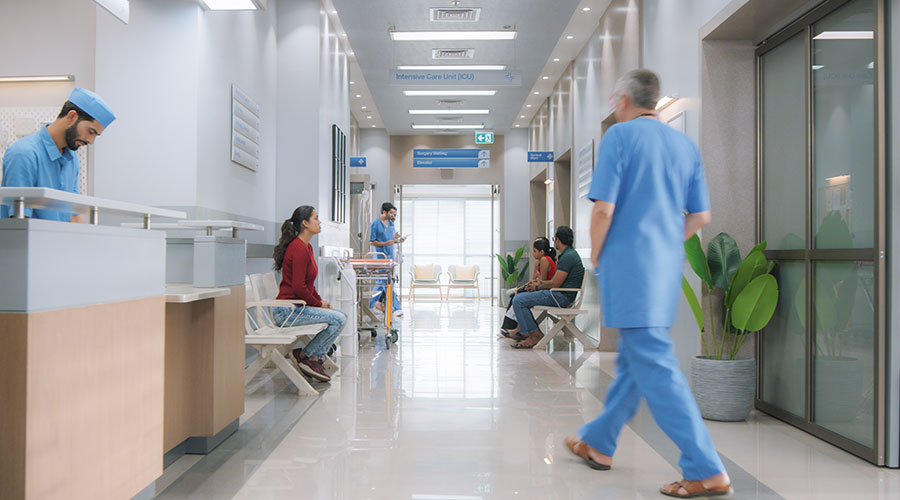Data from whole-genome sequencing suggest that few Staphylococcus aureus acquisitions in the ICU are the result of patient-to-patient transmission, according to an article on the Healio website.
“Before the introduction of enhanced hand-hygiene and universal antiseptic use, patient-to-patient transmission of S. aureus may have been more common,” according to the study in Clinical Infectious Diseases. “Our findings do not undermine the importance of current infection control practices; rather they support their efficacy.”
The researchers, from the Brighton and Sussex Medical School at the University of Sussex in England, evaluated patient-to-patient transmission of S. aureus in an adult ICU from 2010 to Feb. 28, 2011. Patients were screened for S. aureus carriage within 24 hours of admission. Of the 1,181 patient-stays, 185 patients had S. aureus. There were 680 patients who had two or more samples taken during their stay to assess for S. aureus carriage, and there were 44 acquisitions in 41 patients, according to the study.
When the five instances of patient-to-patient transmission underwent whole-genome sequencing, the researchers found that only two of the cases were actual patient-to-patient transmission, but the remaining three acquisitions were genetically distinct from potential sources and from each other, the article said. Whole-genome sequencing also identified five additional transmissions, although patients had not shared time on the ICU and had different spa-types.
“[Our findings] indicate that whole-genome sequencing can be used to assess the efficacy of infection control measures to prevent S. aureus transmission,” the study said. “Studies to evaluate other nosocomial sources of S. aureus (eg, the environment, health care workers, visitors, the food chain) are challenging. Health care workers and hospital managers are anxious about identifying staff as potential sources of S. aureus. Nevertheless, our findings demonstrate that such studies are required and emphasize the value of whole-genome sequencing.”
Read the article.

 Case Study: How NYU Langone Rebuilt for Resilience After Superstorm Sandy
Case Study: How NYU Langone Rebuilt for Resilience After Superstorm Sandy Frederick Health Hospital Faces 5 Lawsuits Following Ransomware Attack
Frederick Health Hospital Faces 5 Lawsuits Following Ransomware Attack Arkansas Methodist Medical Center and Baptist Memorial Health Care to Merge
Arkansas Methodist Medical Center and Baptist Memorial Health Care to Merge Ground Broken on Intermountain Saratoga Springs Multi-Specialty Clinic
Ground Broken on Intermountain Saratoga Springs Multi-Specialty Clinic Electrical Fire Tests Resilience of Massachusetts Hospital
Electrical Fire Tests Resilience of Massachusetts Hospital